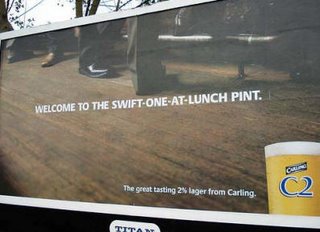
You need real innovation for real profit
Despite frequent visits home, my long suffering and long time ex-pat American wife still finds some elements of the US strikingly different.
Life in England was hardly Soviet style privation (well not in recent years) but the sheer number of grocery items in the US still surprises. It’s not that there are so many different categories, it’s the number of brands and varieties in each category that adds up.
A recent quick count of SKU’s gave me 98 Chicken Soups, 16 Blue Cheese Salad Dressings, 54 versions of Macaroni Cheese (18 of them from Kraft) and nearly 100 Orange Juices from 11 Brands in one store!
It’s choice, it’s freedom, it’s capitalism, it’s America – but is it good business?
I know the arguments about shelf presence, about family size vs. singles, about brand preferences, and consumer typologies, but how many of these items are paying their way?
Next time you are considering extending a line, calculate really honestly the investment costs - market research, design, art work, pack, ingredient and product inventory, change parts, down time between varieties, salaries, promotions, listing costs, maybe advertising - then account for cannibalization from your current range, and work out the really honest pay back period. I think many will be faced with an unpleasant surprise.
All that activity just for a me-three or me-four proposition and then such a poor return.
Real innovation is of course much harder and much riskier but it’s where the ultimate rewards are.
Real profit comes from thinking and acting differently, not from launching the 55th Macaroni Cheese.


